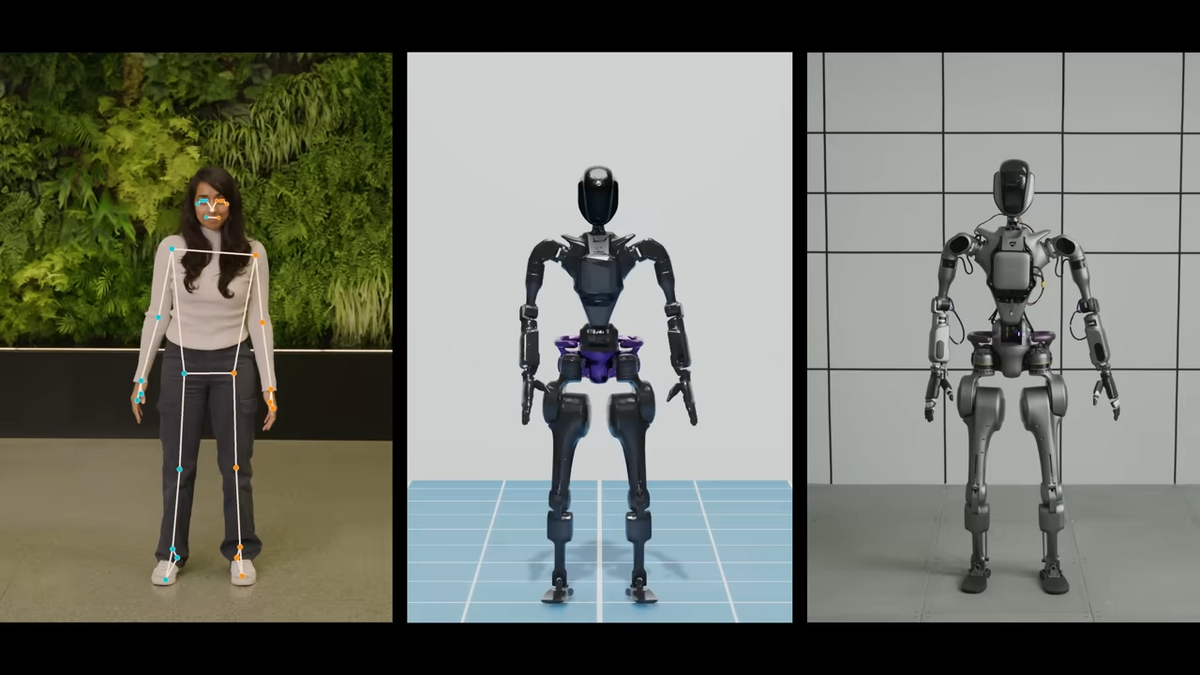More decades ago than I'd care to admit found me working at the same organization and more or less on the same plain with Bill Keller, who has just stepped down as executive editor of The New York Times. He left the organization we both worked for, Congressional Quarterly, to join the DC bureau of the Times; soon he would be promoted rapidly to its Moscow bureau, then South Africa, foreign editor, and top editor, winning a Pulitzer along the way. I suppose he did a lot of impressive work through those years, but when all is said and done what still impresses me most is a lead he wrote to a story right after joining the DC bureau.
It was a story about an obscure member of Congress and his position on some transient legislative issue, and the lead went more or less like this: "Call up Congressman X and ask him about Y, and he'll blab on and on for hours, not letting you get a word in edgewise. Call up the congressman and ask him about Z and he'll say, 'Oh, sorry. I have another call coming in that I have to take. Can I talk to you later?' " The implicit message for a journalist was that you sometimes can learn more from what happens when you try to talk with somebody about something than from what the person actually says.
This comes to mind now because I'm just back from a vacation in Germany, Poland, and Prague, a trip that seemed at first like a golden opportunity to revisit the issue of carbon capture and storage. Five years ago, on a somewhat similar occasion, I contacted the Swedish utility Vattenfall and expressed interest in visiting a pilot carbon capture plant it was about to build in southeastern Germany, A senior public relations person with the company immediately got back to me, met me in Berlin, and had us driven in a company car to the site, several hours away.
This time, when I contacted the same person again and expressed interest in revisiting the plant, which is now up and running, to get a technical briefing on the results of the experiment, the answer was in effect: "Oh, sorry. I've got another call coming in that I have to take. Can I get back to you?" Though I persisted up to the time of my departure, pointing out in a followup message that I would be driving right by the plant while going from Berlin to Cracow, the answer was the same--a non-answer.
It's been reported that Vattenfall has had more trouble than expected overcoming public opposition to the storage of carbon captured at the Schwarze Pumpe plant. Other experimental plants also have run into difficulties; recently proposed plants have been cancelled in Scotland and Denmark. It seems safe to say, given Vattenfall's lack of interest in discussing Schwarze Pumpe in any detail today, that the plant also has not been a shining technical success. If it were showing that the oxyfuel approach is superior economically to competing approaches, surely Vattenfall would want to broadcast that success.
Coal-burning utilities still are holding out the prospect of "clean coal," but even as that prospect is becoming more remote, the world is burning more dirty coal than ever. As Fred Pearce pointed out in a recent article, it's the reason why global greenhouse gas emissions increased by a somewhat higher percentage than energy consumption last year: Worldwide, coal accounts for a larger fraction of energy generation than ever, and in countries like Germany that situation is going to get worse before it gets better.
Vattenfall's reluctance to talk in technical detail about carbon capture and storage (CC&S) is all the more regrettable because the U.S. Department of Energy decided last year to bet on the technology being tested at Schwarze Pumpe, called oxycombustion or oxyfueling. In oxycombustion, coal is burned in an almost pure oxygen atmosphere, so that emissions contain virtually no NOx, which makes it easier to separate and store the carbon initially contained in the coal. DOE's decision was a surprise because up to then IGCC (integrated gasification, combined cycle) was considered the front-runner. IGCC involves gasifying coal, filtering out the carbon, and finally burning hydrogen to generate power.



